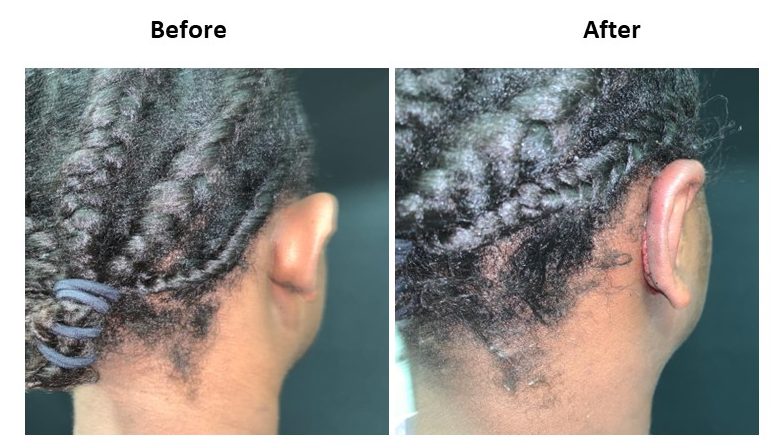Introduction
Our appearance can play a significant role in our self-esteem and self-confidence. One aspect of our appearance that can greatly affect how we feel about ourselves is the prominence of ears. For individuals who are self-conscious about their big ears, otoplasty offers a reasonable solution.
In this comprehensive guide, we will explore the otoplasty procedure, its benefits, considerations, and what to expect during recovery at MACS Clinic.
What is Otoplasty?
Otoplasty is a surgical procedure designed to reshape or reposition the ears. It can address various concerns, such as prominent and /or big ears, misshapen ears, or ears that have been affected by injury or birth abnormalities. Otoplasty is commonly performed on children and adults, making it an effective solution for individuals of all ages.
Benefits of Otoplasty
- Improved Self-Esteem: One of the primary benefits of otoplasty is the Correcting ear abnormalities or addressing prominent ears can significantly boost an individual’s self-image, leading to improved mental well-being.
- Enhanced Aesthetics: Otoplasty can create a more aesthetically pleasing appearance by reshaping or repositioning the ears to better complement the face’s natural proportions.
- Psychological Well-Being: Many individuals who undergo otoplasty report feeling more at ease in social situations and less anxious about their appearance, ultimately leading to increased psychological well-being.
- Early Intervention: Otoplasty can be performed on children as young as six years old. Early intervention can help prevent potential emotional distress associated with teasing or bullying due to ear abnormalities.
The Otoplasty Procedure at MACS Clinic
Before undergoing otoplasty, patients typically have a consultation with our senior consultant plastic surgeon Mr. Shailesh Vadodaria. During this consultation, Mr. Vadodaria will evaluate the patient’s ears and discuss their goals and expectations. Mr. Vadodaria will also provide information about the procedure, including potential risks and complications.
The otoplasty procedure typically involves the following steps:
- Anaesthesia: Otoplasty is usually performed under local anaesthesia with (if requested and/ or required) sedation or general anaesthesia
- Incisions: The surgeon makes incisions behind the ear, within the natural creases, to minimize scarring visibility.
- Reshaping and Repositioning: The surgeon may reshape the ear cartilage, reposition the ears closer to the head, or both, depending on the patient’s needs.
- Suturing: Once the desired shape and position are achieved, the surgeon closes the incisions with sutures.
- Dressings and Bandages: The ears are typically wrapped in bandages or a compression garment to aid in healing and maintain the new position of the ears.
Recovery and Aftercare
After the otoplasty procedure, patients can expect some discomfort, swelling, and bruising, which are normal and usually subside within a few weeks. It is essential to follow post-operative instructions, which may include:
- Keeping the head elevated during sleep to reduce swelling.
- Avoiding strenuous activities for a few weeks.
- Wearing a protective headband as instructed.
- Taking prescribed medications
- Attending follow-up appointments with the surgeon to monitor progress.
It is crucial to be patient during the recovery process, as the final results may take several months to fully manifest.
Conclusion
Otoplasty is a safe and effective procedure that can significantly enhance an individual’s self-esteem and overall appearance. Whether you’re a child or an adult, this surgical option offers a long-lasting solution to correct ear abnormalities and can boost your confidence.
Before and After Photos





